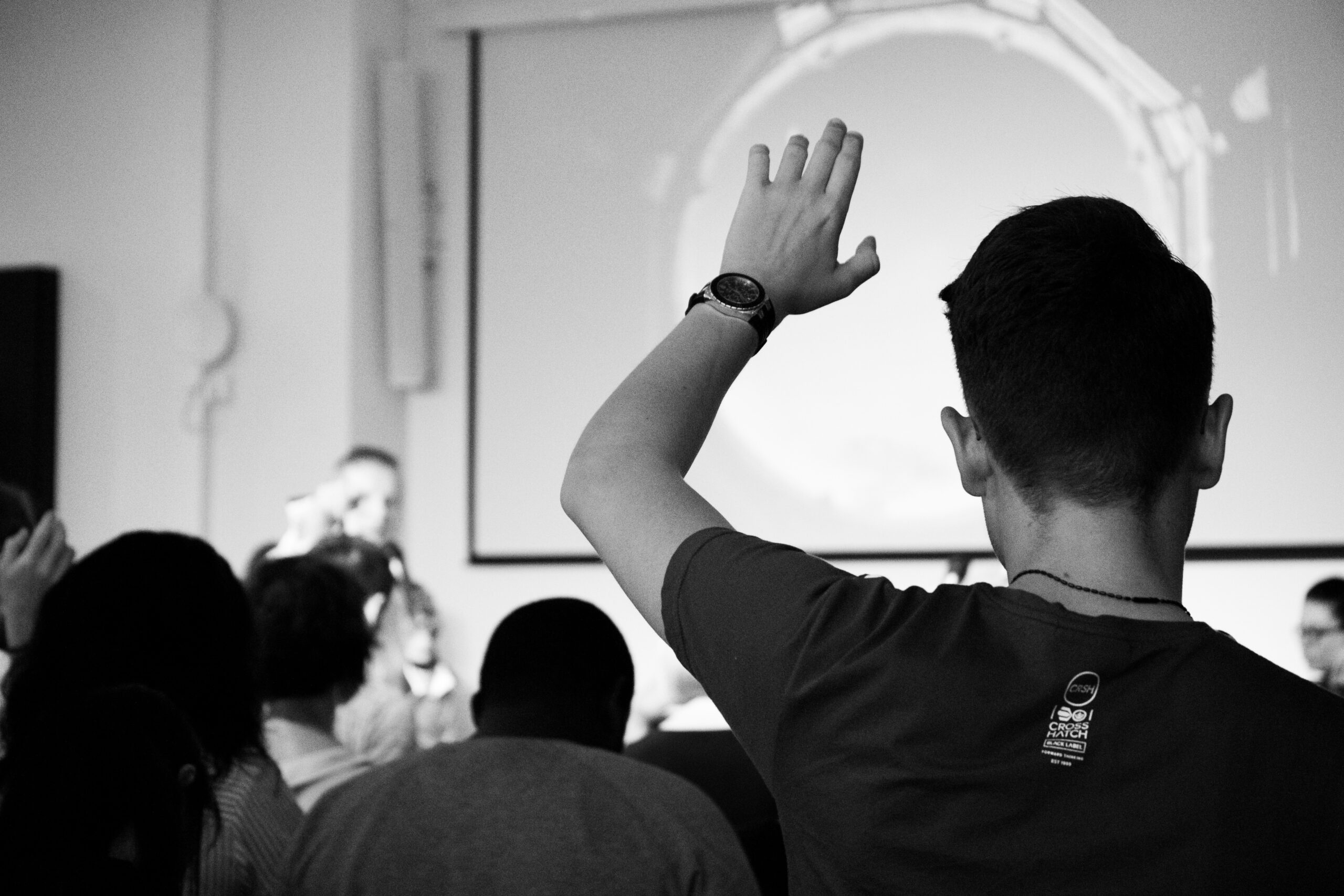By Yousef Wahba
In September of 2022, a transgender teacher at Oakville Trafalgar High School (OTHS) went viral due to the way she dressed during class. The teacher, whose name is Kayla Lemieux, wore huge prosthetic breasts, coupled with thin shirts that made her nipples very visible. Six months have passed since this incident made it to global headlines, and a lot has happened since.
The way the teacher decided to express herself sparked a lot of controversy among students, teachers, news outlets, and especially among the parents of the OTHS students. Students First Ontario, a parent group that formed as a result of the incident, was outraged by the teacher’s way of dressing. “It’s extremely frustrating,” said Celina Close, the group’s spokesperson and the mother of an OTHS student. The group was pressing the HDSB to address this issue, as they felt it impacted their children’s education and well being. Yet the HDSB stood solid on their stance of protecting teachers’ gender expression and firmly stood behind the OTHS teacher.
In January, the HDSB finally gave a response to the many frustrated parents, and the trustees said they ordered that a “professionalism policy” be developed. However, the policy was to be circulated among school councils and other stakeholders to gather feedback before it could eventually be converted into an administrative policy that could ultimately be implemented. The HDSB came back with a draft of the policy on February 23, 2023; again, parents were unhappy and disturbed, as the draft policy did not contain any specifics on a staff dress code. That was the last we have heard from the HDSB as of now.
Amongst all the parent vs. school board drama, another problem arose due to this issue; something far more threatening was happening at OTHS, literally. OTHS went under lockdown after some very disturbing bomb threats were sent to the school. One of the threats was sent by email to the school, school board, regional police service, and several media outlets. The email was titled “We placed several bombs all over your school,” followed by text that threatened to “destroy” the entire city along with the school, if Lemieux was not fired. Police quickly lifted the lockdown, saying the school “has been cleared by officers and is deemed safe,” though they remained in the area for further investigation.
This issue has caused a lot of controversy globally, as well as in Halton Region. Many people, including teachers, students, and LGBTQ+ community members had various opinions on this matter, though media attention has thus far focused on the parent outcry and school board response. Local-news.ca wanted to know what students and teachers had to say about the idea of a staff dress code and the controversy in general.
Over a dozen teachers from White Oaks Secondary School (WOSS) and other nearby schools in Oakville were asked to comment on Lemieux and whether she was appropriately attired to teach a shop class, and nearly all of them gave basically the same answer: “I would prefer not to.” When asked about why they preferred to stay quiet they stated, “It’s a very heated topic that I would rather not comment on,” and some even noted, “I wouldn’t be able to state my real opinion on that.”
However, some teachers were willing to anonymously give their opinions on the matter. One teacher stated, “It’s a tricky matter to handle, as the teacher should have the right to dress the way they feel comfortable, yet a teacher’s way of dressing shouldn’t compromise the student’s comfort and quality of education.” They also stated that “Differences can be distracting,” in reference to Lemieux, then added onto their point by bringing up that not long ago, wearing a niqab (an Islamic way of dressing that covers a woman’s entire body, including her face) was also considered distracting and not as widely accepted as it is now. That teacher also firmly stated that “people’s responses were not appropriate” in reference to the bomb threat, noting that the bomb threat was a far bigger problem then the way the teacher was dressing will ever be.
In spite of that, when the teachers were asked how they felt about the staff dress code and how it would impact them, every single one of them has said that, in a way, it is not going to impact them at all, as they already understand the responsibility of dressing professionally as a teacher.
But what about the students, the ones at the heart of this conflict? When asked about how they felt about how Lemieux dressed and how it impacted them, one WOSS student stated: “The way she was dressed was very distracting, unprofessional, and extreme.” Another student stated that “There should be a professional dress code that doesn’t limit the teacher’s right of self-expression, but also makes her refrain from wearing such attention-grabbing clothes.” To add onto that, a student from a nearby school said, “My parents would be very unsatisfied with the way this teacher dressed, and definitely wouldn’t be comfortable with me going to class.”Regardless of gender all students interviewed essentially agreed: while self- and gender expression are important, none found Lemieux’ attire professional.
Finally, when members of the LGBTQ+ community at WOSS were asked their opinions on Lemieux’s wardrobe choices and the parent group’s call for a staff dress code, one student said: “The dress code would be reasonable if the way that the teacher was dressing was making people uncomfortable. We shouldn’t judge people by what they wear, but by their person. But the way she dressed was still unprofessional, so I guess the dress code makes sense.”
Lemieux is currently not teaching at OTHS, though she is still employed by HDSB. While no recent sightings of her have been reported, one student from WOSS just recently spotted her at a local gym, suggesting she’s all good and well.
The teacher dress code policy has still not been set in stone. However, the general consensus from teachers and students seems to be that a professional dress code needs to be put in place (not that it’s going to change anything for most teachers). Not one that limits a teacher’s right of self-expression and comfort, but one that doesn’t take away from anyone else’s.




